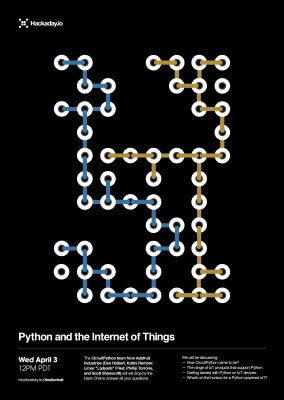Our lives in the 21st century are in part governed by a series of systems which we rarely encounter directly but which can have a great impact upon our lives. The oil futures market, for example, for which [Igor Nikolic] has created a real-time visualisation in the form of a clock in which the “hand” is a plastic dinosaur (As ever, XKCD reminds us that oil contains homeopathic quantities of real dinosaur, but it makes a good talking point).
The clock is part of a series continuing from his previous grid balance lamp project which monitored supply and demand in the electricity grid, and takes a feed of oil futures pricing to an MQTT server which is then picked up by an ESP8266 in the clock. The dinosaur hand is attached to a stepper motor, the position of which is set according to the market movements. There are also three LEDs whose colours change according to price. The whole is mounted on a plaque made from the top of an oil drum, and placed for effect over a map of the Port of Rotterdam, one of Europe’s busiest trading hubs.
Monitoring of these invisible socio-technical systems is a fascinating subject, and in the past we have brought you news of the very real impact they can have on entire continents when international politics intrude.



















